Optimal Timing for Concrete Installations
Concrete installations require careful timing to ensure durability and quality. Factors such as temperature, humidity, and weather conditions significantly influence the curing process and final outcome. Proper planning based on seasonal patterns can prevent issues like cracking, uneven setting, or delays.
Spring offers moderate temperatures and lower humidity, ideal for concrete curing. It reduces the risk of rapid drying or freezing during early curing stages.
While summer provides warm weather, high temperatures can cause rapid evaporation, leading to cracks. Proper hydration and shading are essential.
Fall's cooler temperatures and lower humidity create favorable conditions. However, early frosts can pose challenges, requiring timely scheduling.
Cold temperatures slow curing and can cause freeze-thaw damage. Special mixes and heating methods are necessary for winter installations.
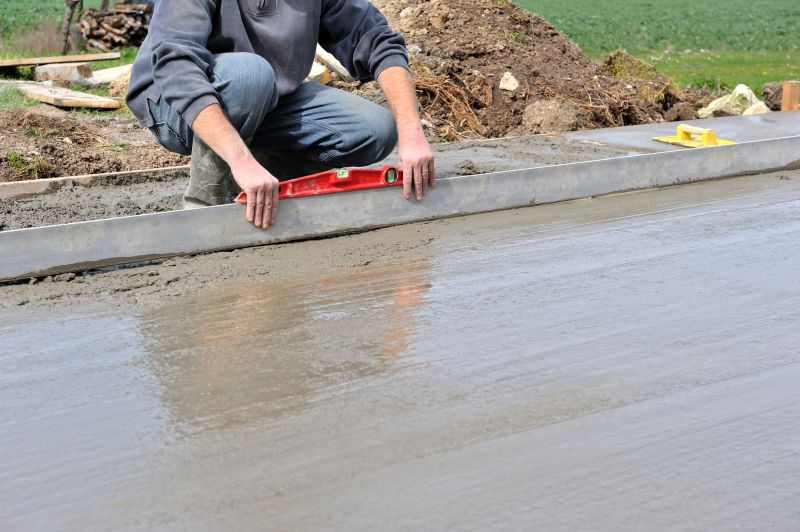
Springtime is suitable for concrete projects due to mild weather conditions.
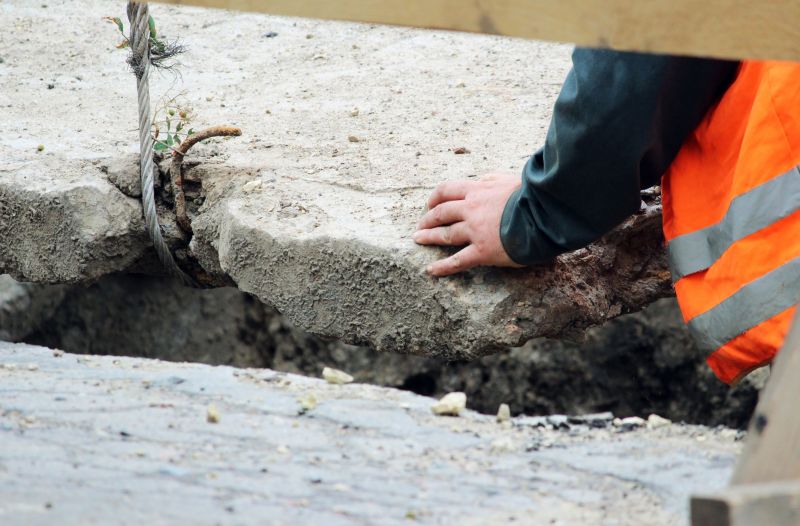
Summer requires careful hydration management to prevent cracking.
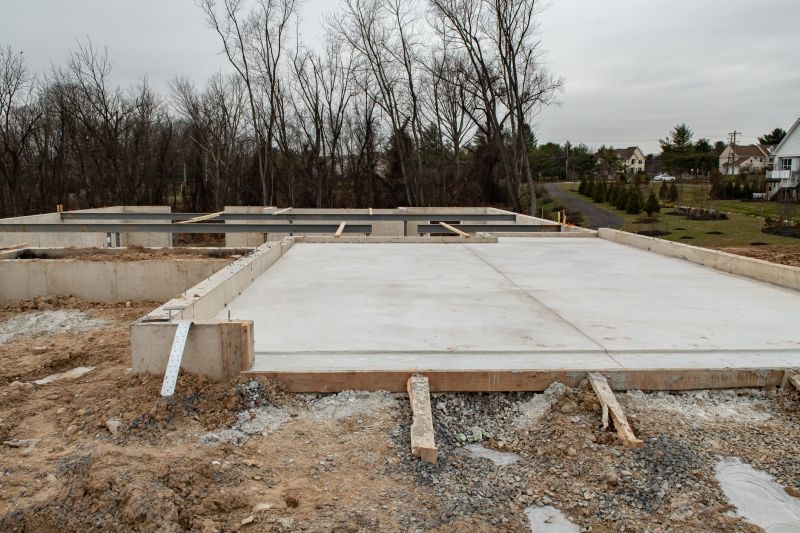
Fall offers cooler temperatures ideal for concrete curing.

Winter demands specialized techniques to prevent damage from freezing.
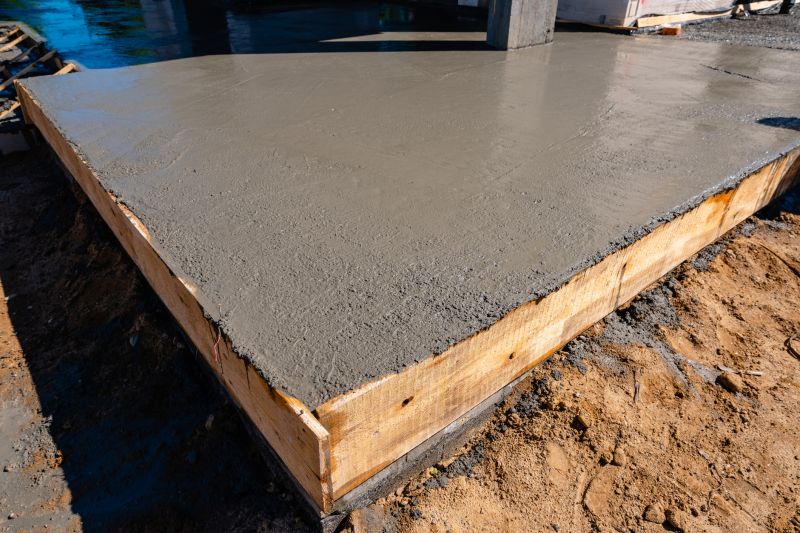
Proper curing is essential for strength and durability.
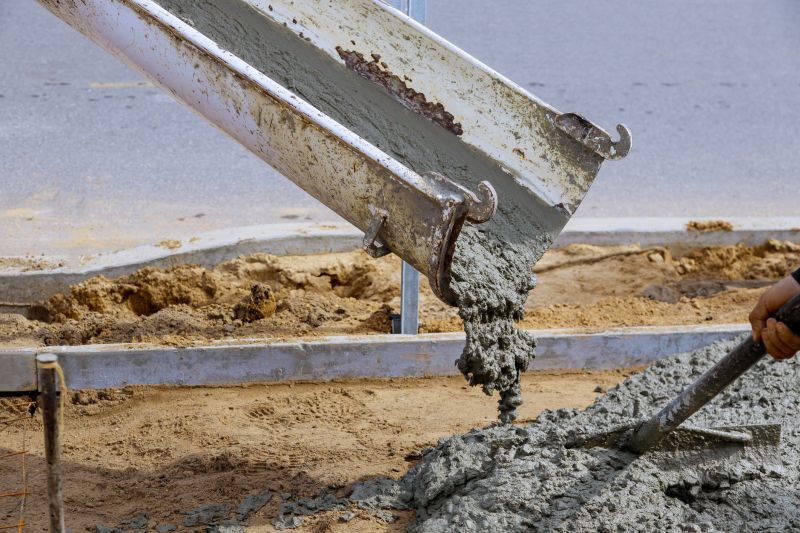
Equipment selection varies with seasonal conditions.
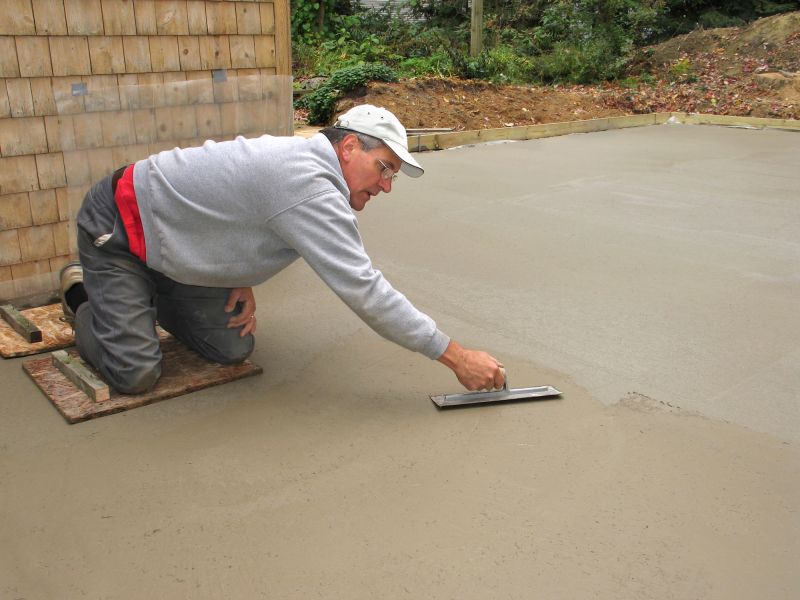
A well-timed pour results in a smooth, durable surface.
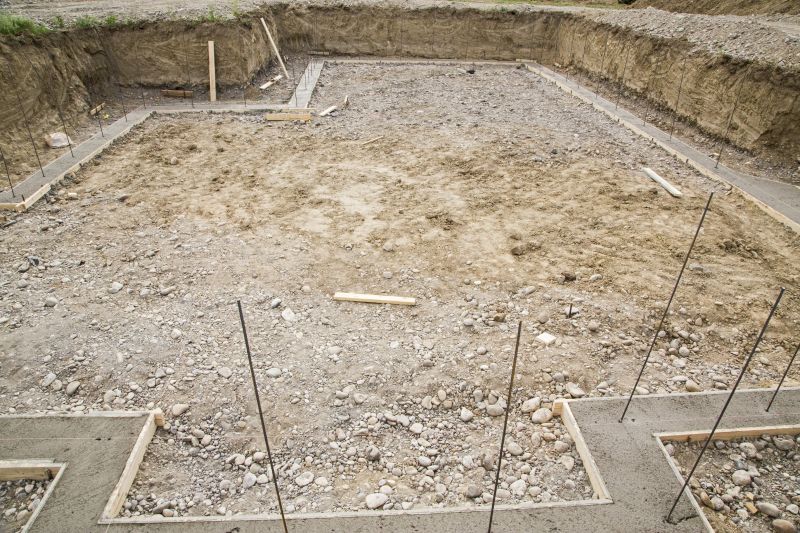
Proper site prep is crucial before pouring concrete.
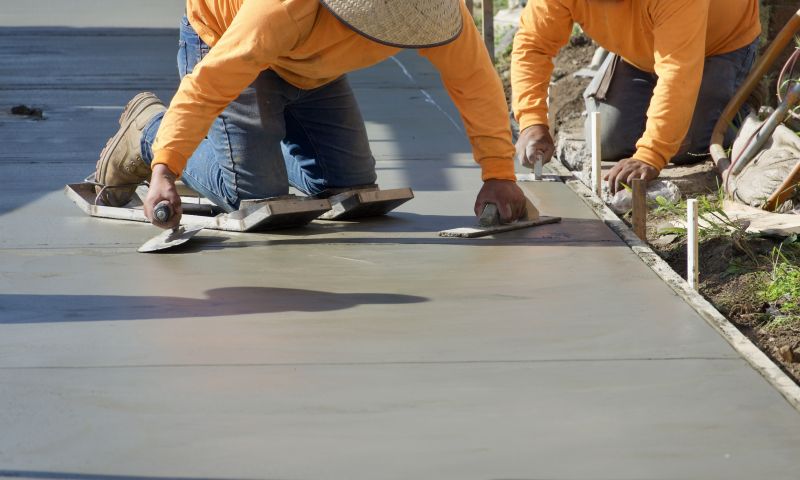
Tools vary based on project size and season.
| Season | Optimal Conditions |
|---|---|
| Spring | Moderate temperatures, low humidity, minimal frost risk |
| Summer | Warm weather, requires hydration and shading |
| Fall | Cooler temperatures, low humidity, watch for early frosts |
| Winter | Cold temperatures, need heating and special mixes |
| Ideal Range | 50°F to 85°F for best curing and strength |
Concrete installations are highly dependent on environmental conditions. Proper timing ensures that the material cures correctly, achieving the desired strength and durability. Seasonal variations can influence work schedules, equipment choices, and curing techniques, making it essential to plan projects accordingly.
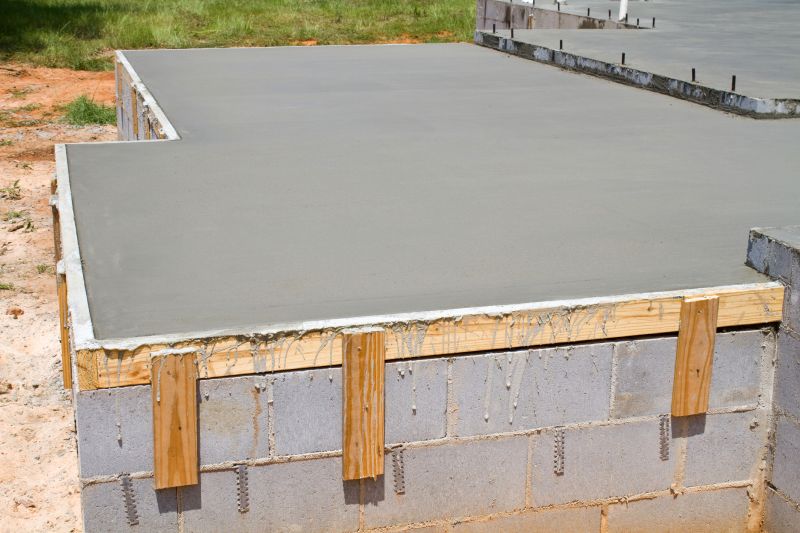
Ideal weather conditions support quality curing.
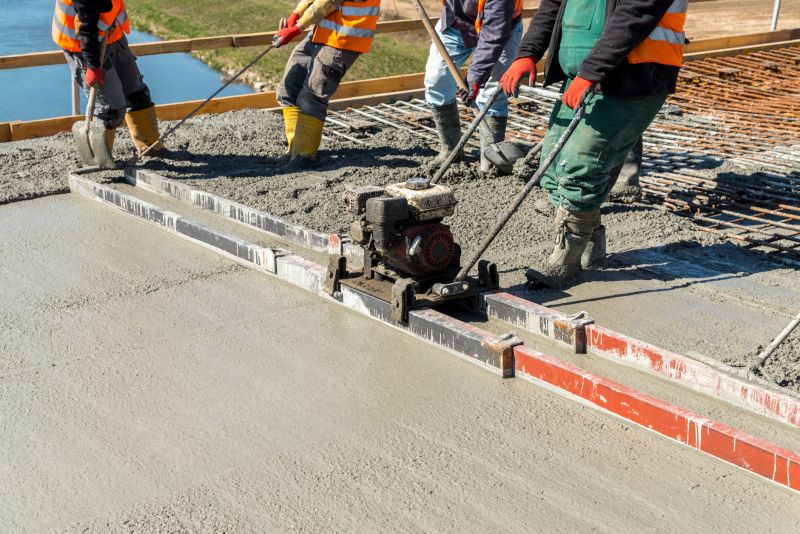
Requires measures to control rapid drying.
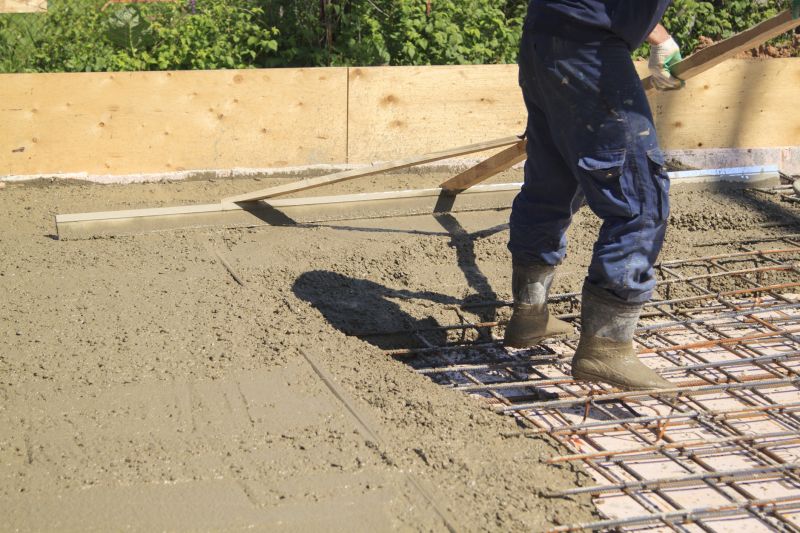
Cooler temperatures enhance curing process.
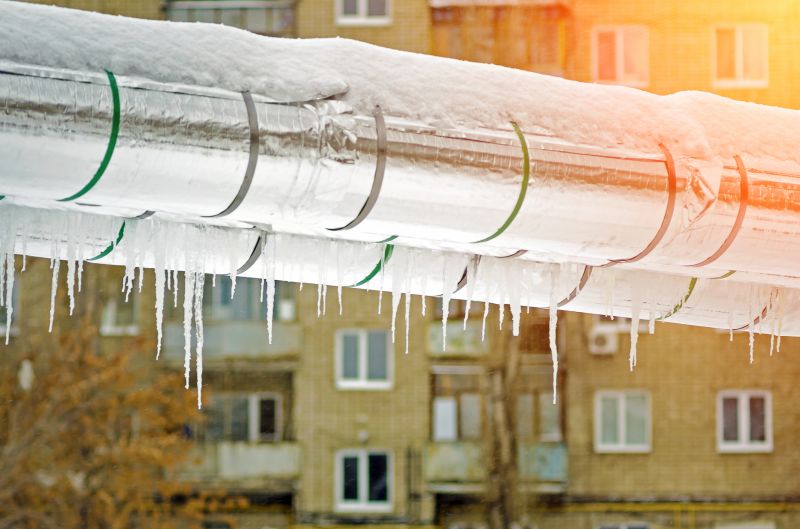
Special techniques mitigate freezing risks.
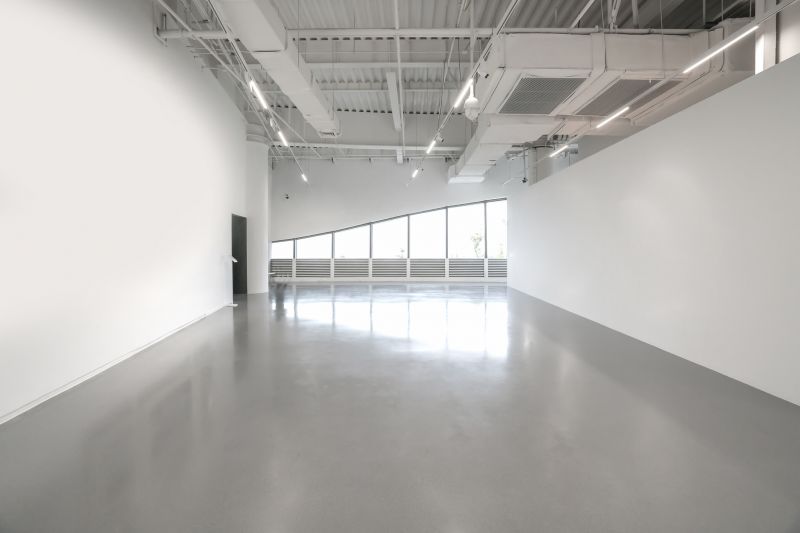
Ways to make Concrete Installations work in tight or awkward layouts.

Popular materials for Concrete Installations and why they hold up over time.

Simple add-ons that improve Concrete Installations without blowing the budget.
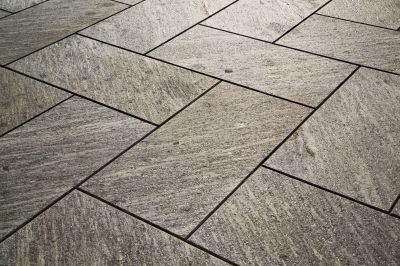
High-end options that actually feel worth it for Concrete Installations.
Interested in scheduling a concrete installation? Filling out the contact form provides the necessary details to plan for optimal timing and ensure a successful project outcome.
